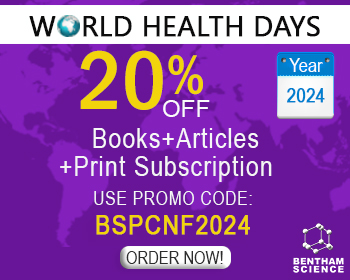Abstract
Water-distilled essential oil from aerial parts of Hypericum scabrum L. (Hypericaceae) collected from the central part of Turkey was analyzed by GC/MS. It was characterized by α-pinene (74%), β-pinene (4.8%) and myrcene (3.4%). The oil and the main components were investigated for their mosquito deterrent, antimalarial and antimicrobial activities. Hypericum scabrum essential oil showed higher biting deterrent activity against Aedes aegypti than the solvent control, but the activity was significantly lower than the positive control, DEET. The oil exhibited antimalarial activity with IC50 values of 28.8 µg/mL and 15.7 µg/mL against the D6 and W2 strains of Plasmodium falciparum, whereas the major compounds (α-pinene, β-pinene and myrcene) were inactive up to 4.7 µg/mL. The H. scabrum oil showed selective antimicrobial activity against Cryptococcus neoformans (IC50=34.71 µg/mL), Mycobacterium intracellulare (IC50=52.98 µg/mL) and Candida krusei (IC50=104.43 µg/mL). No antimicrobial activity was detected for the enantiomers α-pinene, β-pinene and myrcene up to 20 µg/mL. The biting deterrent and antimalarial activity of H. scabrum oil were investigated for the first time.
Keywords: Aedes aegypti, Candida krusei, Cryptococcus neoformans, Hypericum scabrum, Mycobacterium intracellulare, myrcene, Plasmodium falciparum, α-pinene, β-pinene.




























